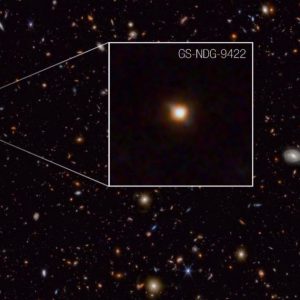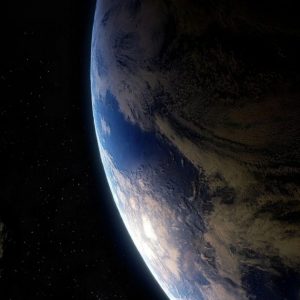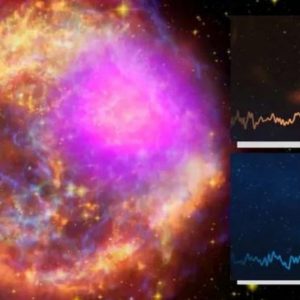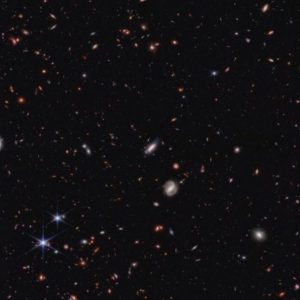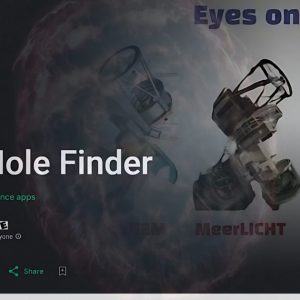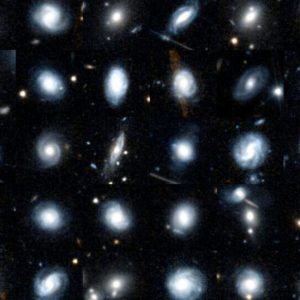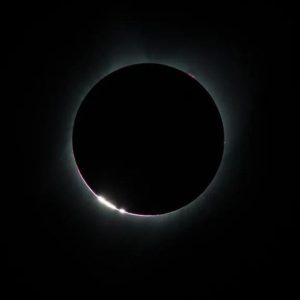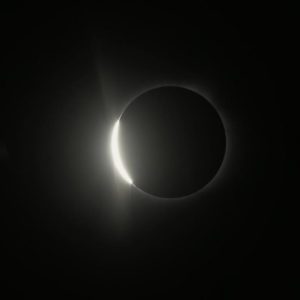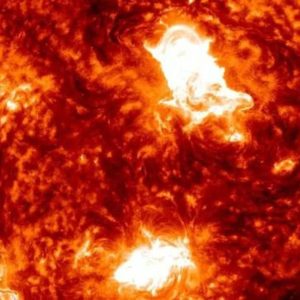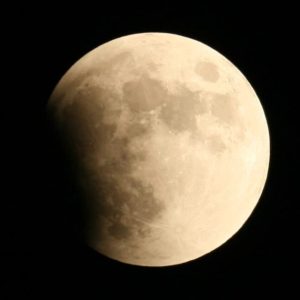Since its launch into orbit in December 2021, NASA’s James Webb Space Telescope has amazed scientists, astronomers and researchers with remarkable discoveries, exploring the farthest and darkest regions of the universe by using its advanced infrared technology to reveal stunning details of celestial events. One of its most significant findings...
Asteroid 2024 PT5, also known as “Mini Moon,” will enter Earth’s gravitational pull in next several hours, or on September 24, becoming a temporary satellite. Detected by NASA’s ATLAS system in August 2024, this Near-Earth Object (NEO) will orbit our planet for two months, from September 29 to November 25,...
Are we truly pushing the limits of our knowledge about the universe? What was once considered science fiction has become a crucial focus in astrophysical research: understanding stellar collapse through gravitational wave frequencies. The mysterious realms of black holes and neutron stars, subjects of deep scientific interest, continue to challenge...
Historically, our understanding of the cosmos has been shaped by various observational tools, including the Hubble Space Telescope and the Chandra X-ray Observatory. The onset of the James Webb Space Telescope (JWST) has further revolutionized our knowledge. Some of Webb’s findings have challenged long-standing theories such as the hierarchical model...
The quest to uncover the secrets of black holes has entered a new phase. The Dutch Black Hole Consortium’s newest project invites the public to participate in exploring these enigmatic cosmic objects called kilonovas and contributing to research via a simple smartphone app. As an example of participatory science, this...
The Hubble Space Telescope, since its 1990 launch, has provided us with stunning views of the cosmos, which include the bright baby bubbles of stellar floss in the N11 region of the Large Magellanic Cloud (LMC), a neighboring dwarf galaxy orbiting the Milky Way. N11, officially catalogued as LHA 120-N...
The new citizen science project, Euclid Galaxy Zoo, offers a unique chance to explore the vast cosmos through human observation. The European Space Agency (ESA) has launched1 an innovative citizen science project, Galaxy Zoo: Euclid, and invites you to help classify galaxies like never before. This project not only advances...
Planets and stars exhibit magnetic fields that extend from the Sun to the far reaches of our solar system. In the past, it was challenging to measure planetary magnetic fields due to the limitations of traditional magnetometers, which were often too large, required frequent calibration, and lacked the sensitivity needed...
We know very little about the vastness of the universe, and our Earth-bound perspective often limits our understanding of extraterrestrial phenomena. However, for the first time in Mars exploration history, we have a genuine chance to determine if there’s evidence of ancient life. Recent findings by NASA‘s Perseverance rover have...
Tens of millions of residents in North America enjoyed a unique total solar eclipse on Monday, April 8, as the moon cast its shadow over the daytime sky, transforming midday into midnight. While North and Central America experienced a partial eclipse, only those situated within the path of totality, spanning...
April 8, the day of the total solar eclipse, is just hours away, and we will be there to witness the historic astronomical event of daylight turning into darkness in the sky. This solar eclipse is to become significant, as it will provide both experienced astronomers and amateur stargazers with...
It’s a matter of star birth. NASA’s Hubble Space Telescope has captured an image of a birthing star, sending out violent jets of energy against the backdrop of a glowing nebula. This star, named FS Tau, is part of a larger system with two main stars, FS Tau A and...
One of the most powerful solar storms in known history hit the Earth on Sunday. The sun erupted with a powerful X-class solar flare, sending a surge of super-heated plasma towards our planet in what scientists call a coronal mass ejection. This burst reached Earth at 10:37 a.m. EDT (1437...
Tonight, get ready for a great lunar eclipse show as the Earth, Moon, and Sun line up just right. It’s like a teaser before the big event on April 8! This time, the March Worm Moon will gracefully slide into the Earth’s shadow, but not all the way into the...
NASA’s Hubble Space Telescope has imaged a Spider Galaxy, known as UGC 5829, located approximately 30 million light-years away from us. This irregular galaxy is named the ‘Spider Galaxy’ for its close resemblance to the limbs of a spider. The stunning view of the Spider Galaxy has depicted the grandeur...
